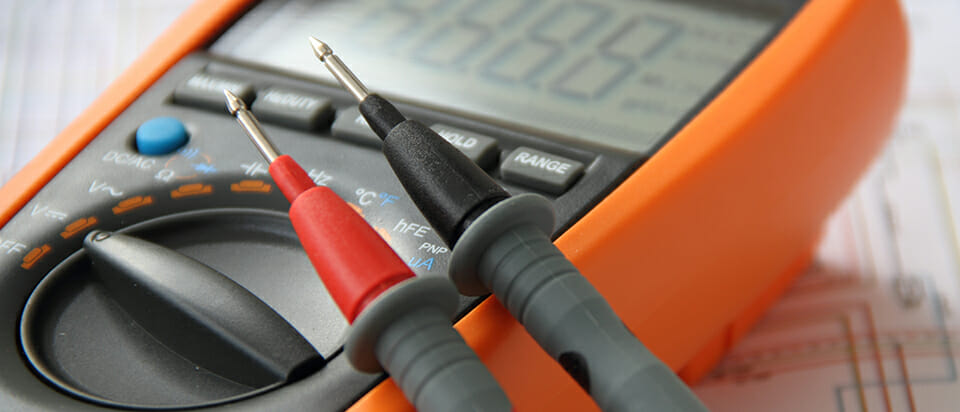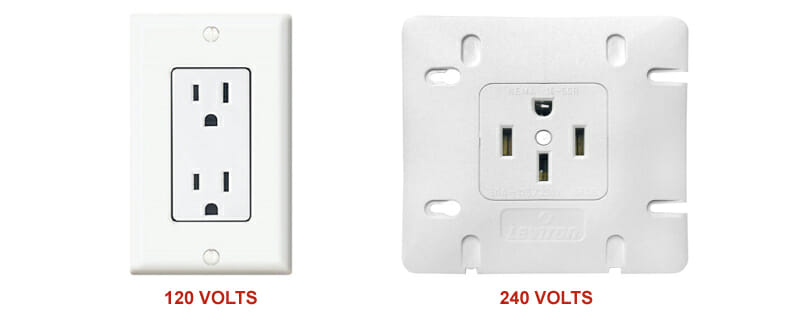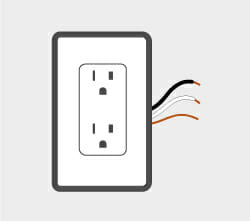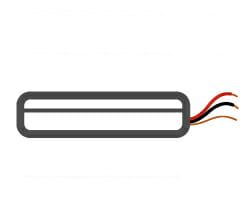
The difference between 120 volts and 240 volts
Should we discuss 120/240 volts or 110/220 volts? Many people still raise this question. The 110/220 volts has become a folkloric term still largely embedded in popular thought. Some people will even speak of 115/230 volts. The confusion probably comes from the industrial sector which displays different numbers on the nameplates of units they manufacture. For the sake of standardization, we must know that the main producers of electricity in North America provide the residential sector with 120/240 volts having variations of plus or minus 5%.

Now what is the difference between 120 volts and 240 volts? Why do some devices work with one or the other of these voltages? In fact, everything depends on the demand for operating the device. To understand the electrical phenomenon, imagine that devices that are used in the house operate with water. The energy required would be neither more nor less than the flow of water the device would need to function. One can easily imagine that a simple TV would require a water flow much smaller than a dryer. Therefore logically we should rely on a small water hose for the TV and one large hose for the dryer.



Generally in your home, you will need to connect your heating products to 240 V.
Finally, it is good to know that the various circuit breakers contained in the electrical distribution panel are not intended to protect the various devices that are used regularly but to protect the wiring that goes through the house. A 30-amp circuit breaker on a 15-amp circuit can overheat the wires or even set fire to a partition.
Associated products
Related articles
5 easy ways to save energy
As shown in the graph below, heating accounts for more than half of the electricity consumption of an average home. […]
Electrical heating and the environment
Electric heating used in homes and public places has an edge over other types of heating: it does not pollute. […]
The benefits of electric heating
Electric heating systems owe their popularity to the many advantages they offer. Moreover, they’re not only affordable, safe and comfortable, […]
Calculating the right wattage for a room
It would be useful to know the magic formula that would give us exactly the amount of heat required to […]
